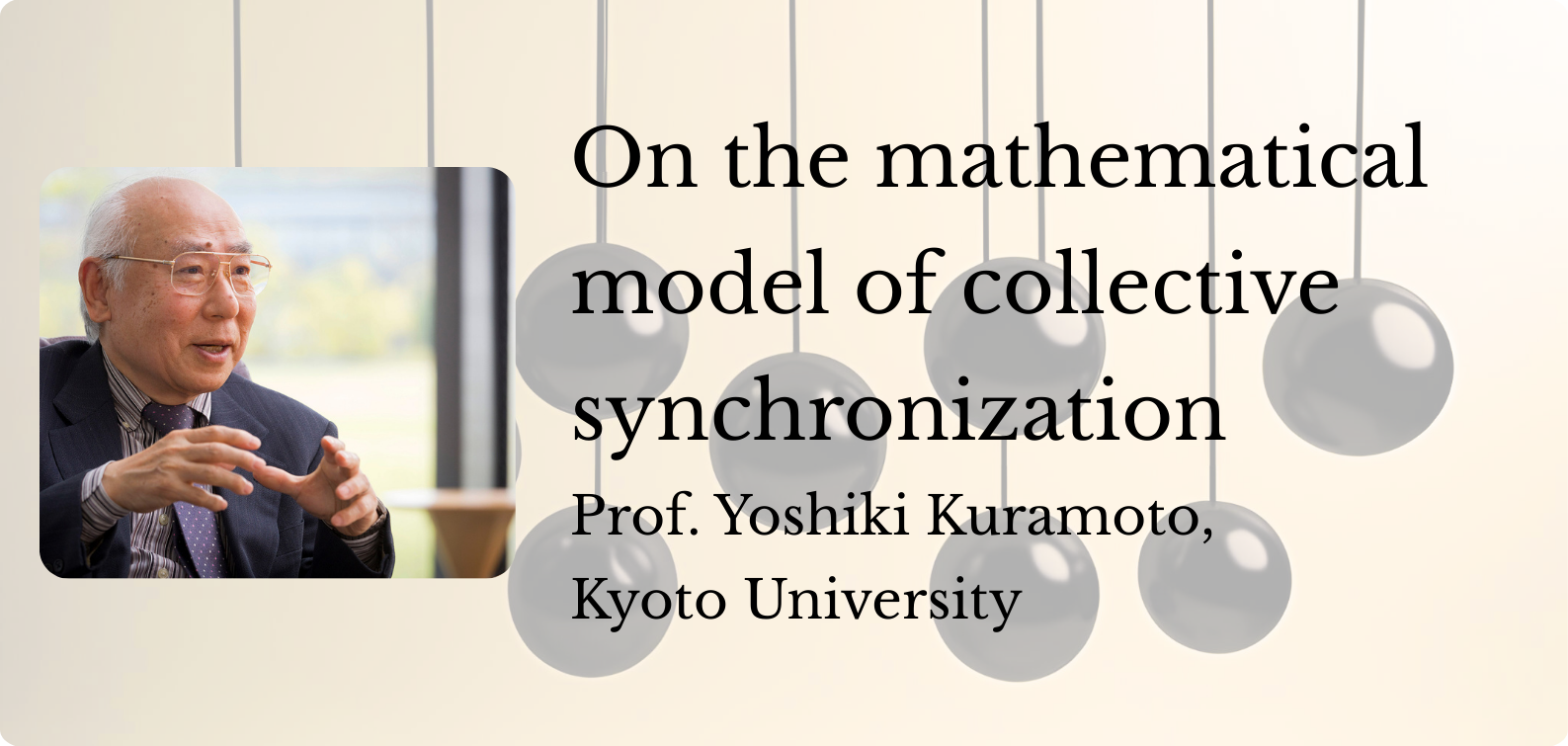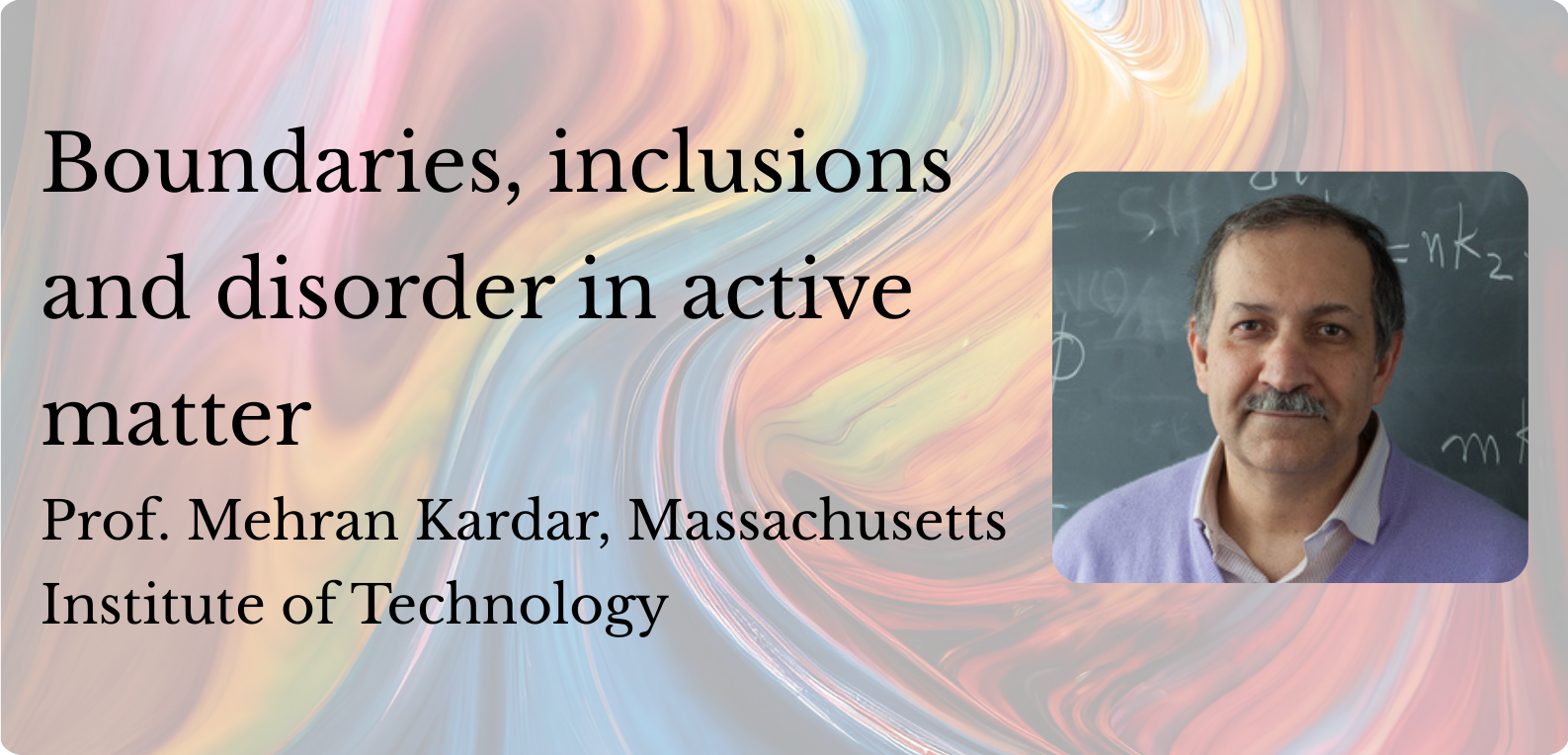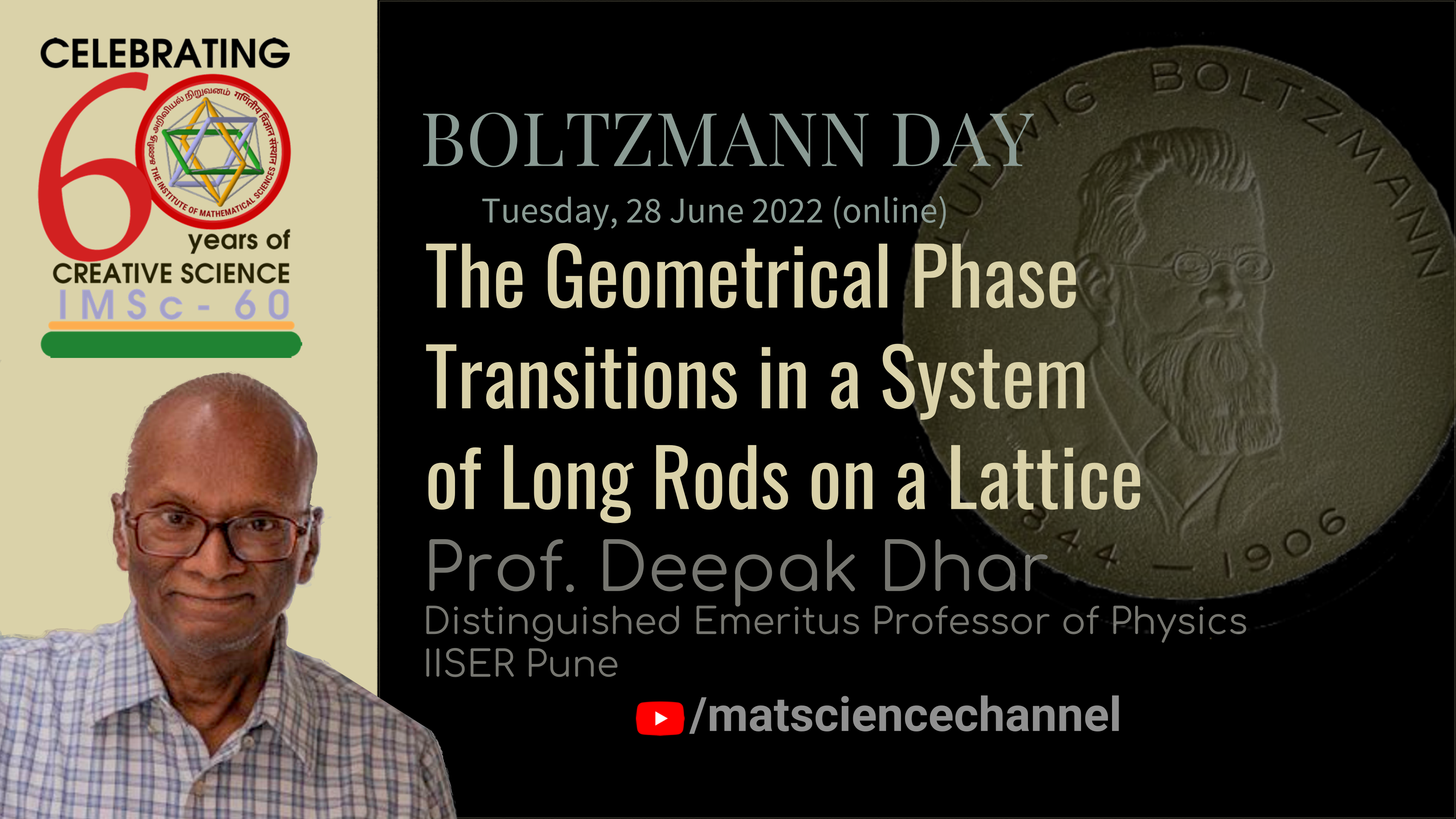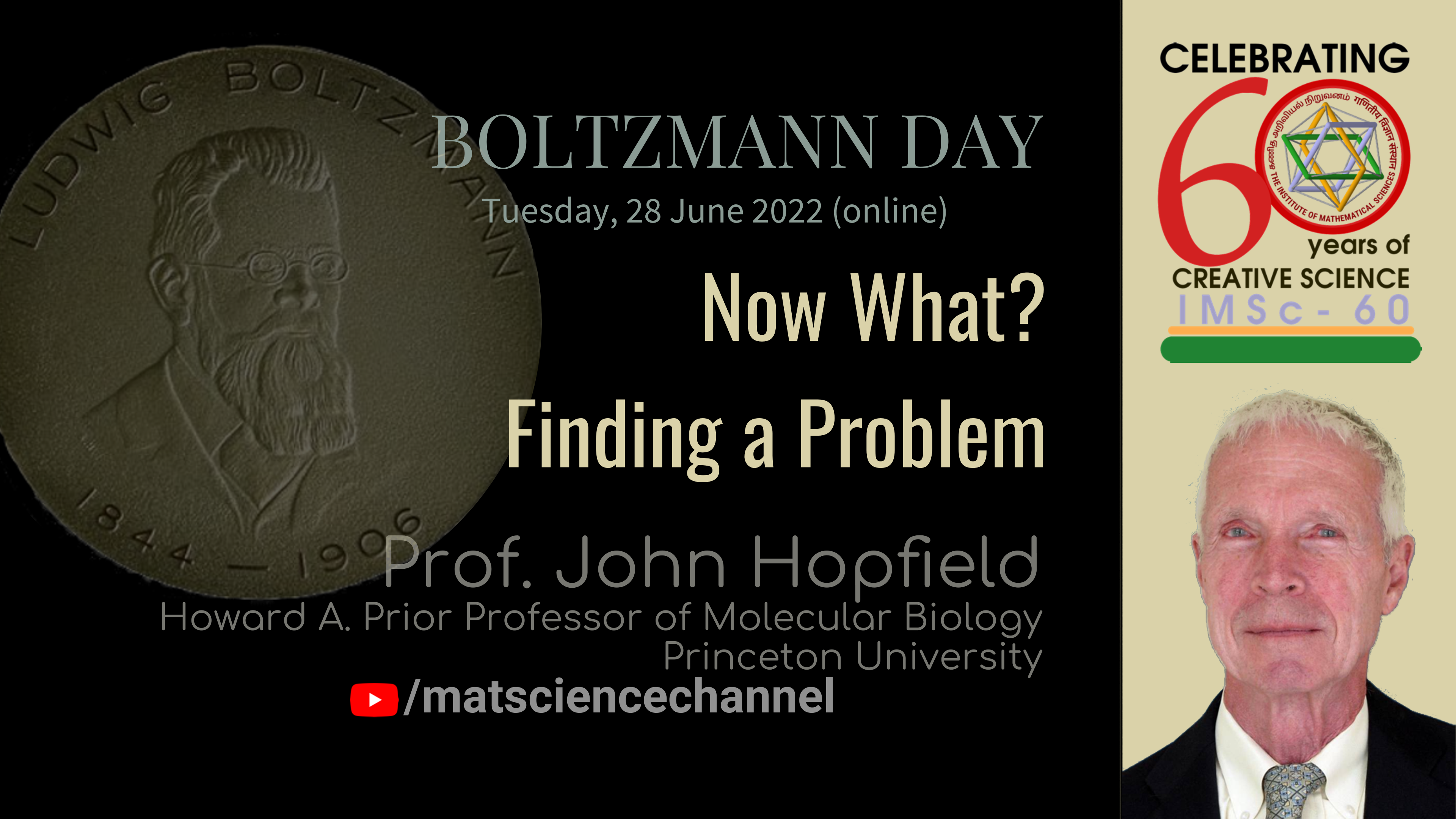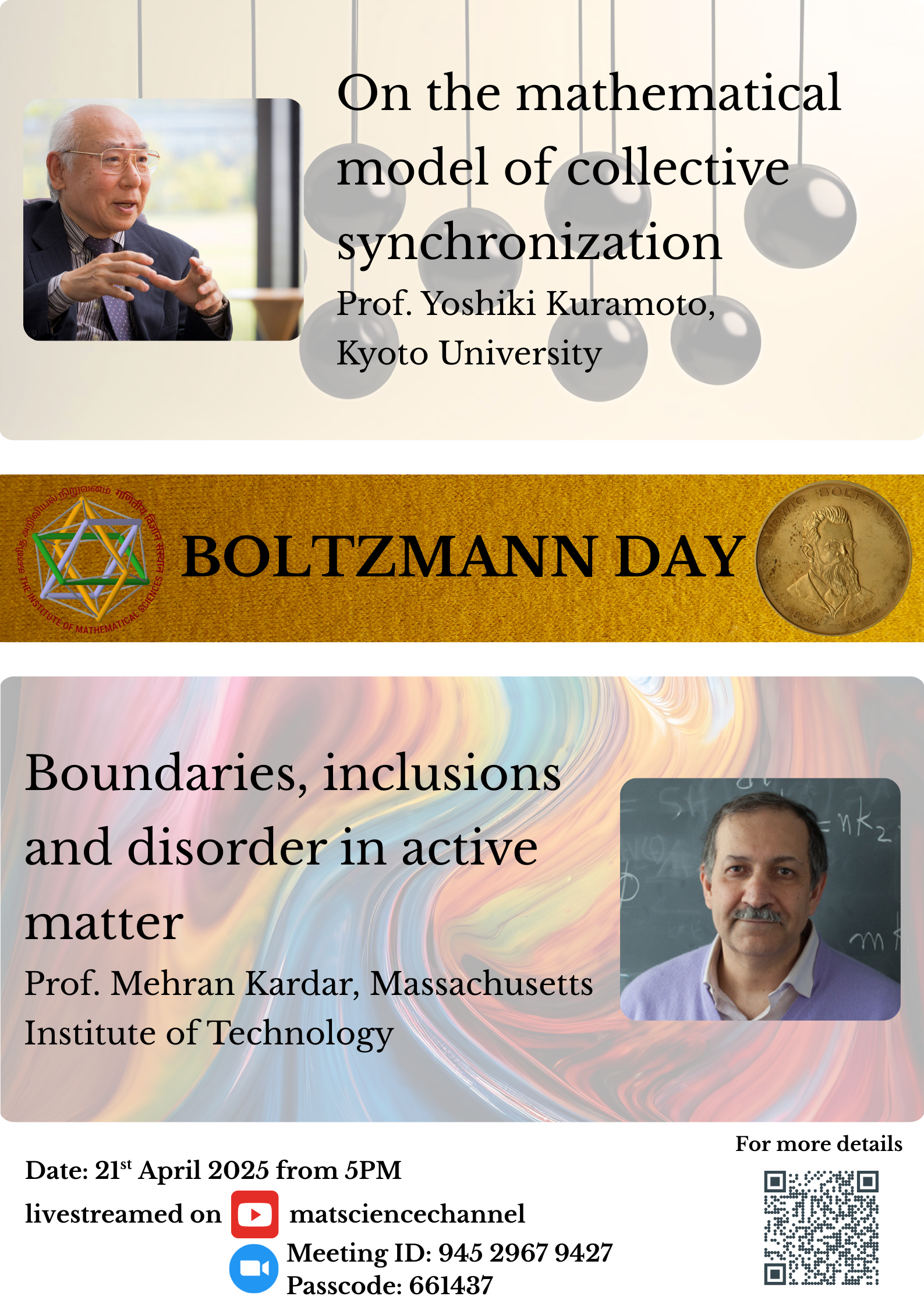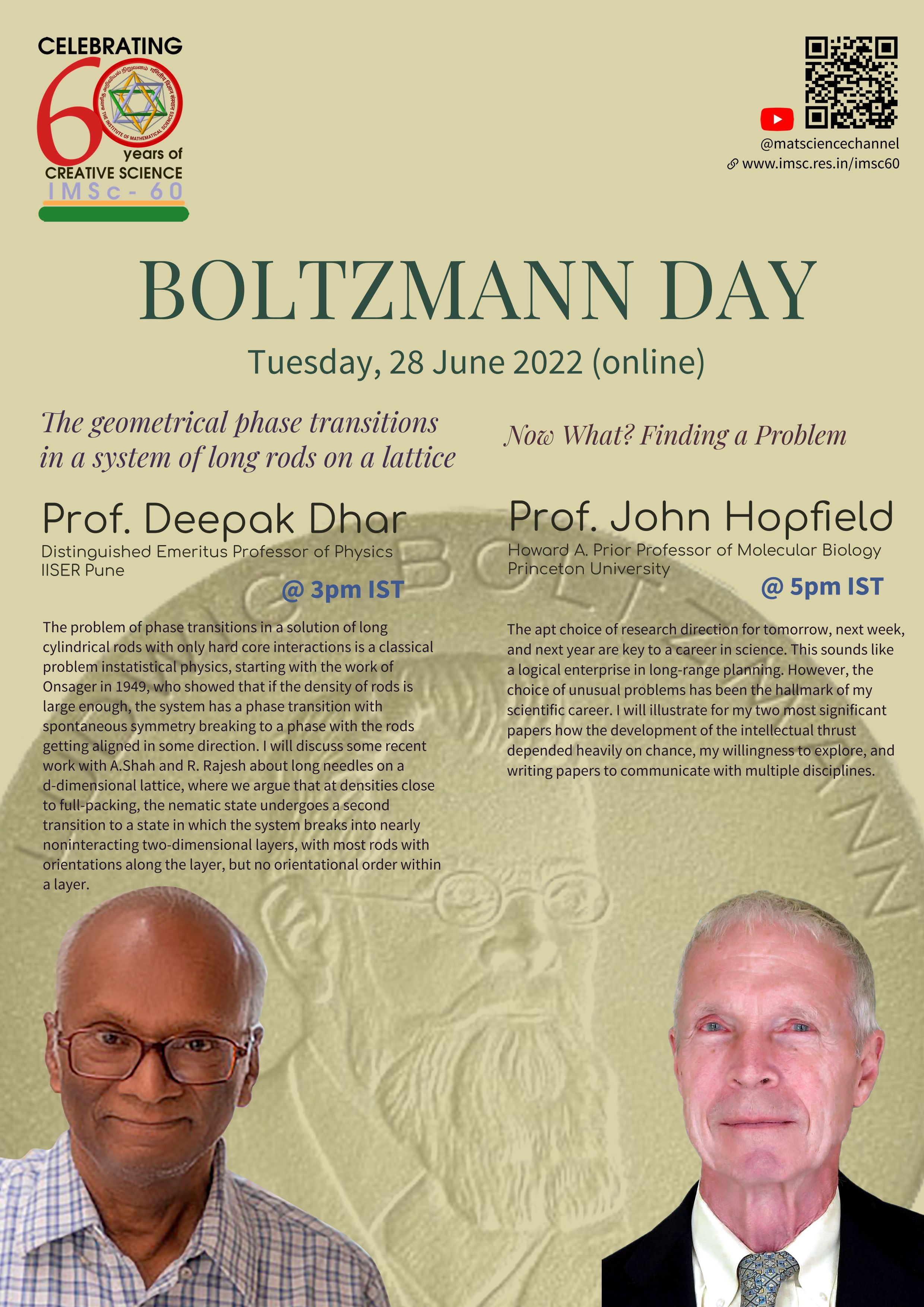Some historical background of how the mathematical model called the Kuramoto model appeared will be looked back. How this model influenced the subsequent advances of the field of coupled oscillators and synchronization will also be described.
Date: Monday, 21st April 2025 at 5:00 PM
Venue: Online and screened live at Ramanujan Auditorium
Active systems are driven out of equilibrium by exchanging energy and momentum with their environment. This endows them with anomalous mechanical properties which leads to rich phenomena when active fluids are in contact with boundaries, inclusions, or disordered potentials. Indeed, studies of the mechanical pressure of active fluids and of the dynamics of passive tracers have shown that active systems impact their environment in non-trivial ways, for example, by propelling and rotating anisotropic inclusions. Conversely, the long-ranged density and current modulations induced by localized obstacles show how the environment can have a far-reaching impact on active fluids. This is best exemplified by the propensity of bulk and boundary disorder to destroy bulk phase separation in active matter, showing active systems to be much more sensitive to their surroundings than passive ones.
Outline of the talk
Date: Monday, 21st April 2025 at 5:30 PM
Venue: Online and screened live at Ramanujan Auditorium
The problem of phase transitions in a solution of long cylindrical rods with only hard core interactions is a classical problem in statistical physics, starting with the work of Onsager in 1949, who showed that if the density of rods is large enough, the system has a phase transition with spontaneous symmetry breaking to a phase with the rods getting aligned in some direction. I will discuss some recent work with A.Shah and R. Rajesh about long needles on a d-dimensional lattice, where we argue that at densities close to full-packing, the nematic state undergoes a second transition to a state in which the system breaks into nearly noninteracting two-dimensional layers, with most rods with orientations along the layer, but no orientational order within a layer. I will discuss the evidence for some interesting conjectures about this transition in arbitrary dimension d in the limit of long rods.
Date: Tuesday, 28th June 2022 at 15:00 IST
Venue: Online and screened live at Ramanujan Auditorium
The apt choice of research direction for tomorrow, next week, and next year are key to a career in science. This sounds like a logical enterprise in long-range planning. However, the choice of unusual problems has been the hallmark of my scientific career. I will illustrate for my two most significant papers how the development of the intellectual thrust depended heavily on chance, my willingness to explore, and writing papers to communicate with multiple disciplines.
Date: Tuesday, 28th June 2022 at 17:00 IST
Venue: Online and screened live at Ramanujan Auditorium
Organiser: Prof. Arnab Pal, The Institute of Mathematical Sciences
Webpage and Poster Design: IMSc Outreach Team
